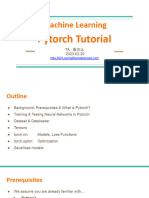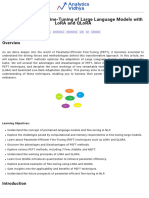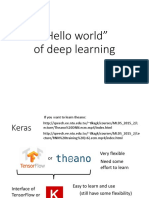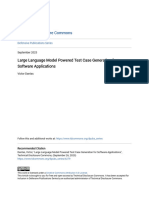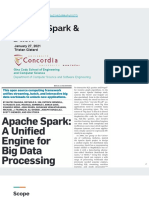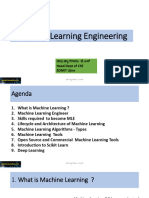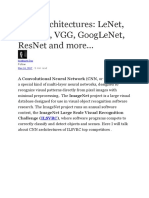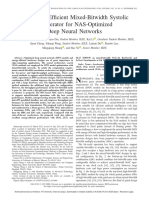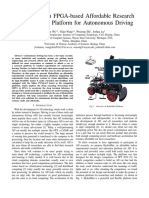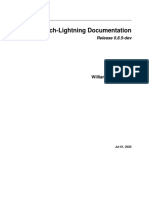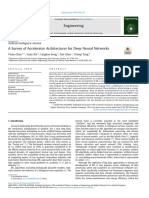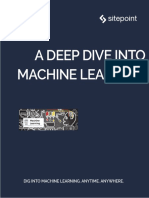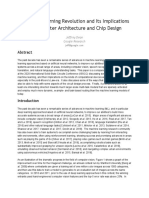0% found this document useful (0 votes)
609 views44 pages00 Pytorch and Deep Learning Fundamentals PDF
Deep learning uses neural networks to analyze large amounts of unstructured data to discover complex patterns. It is well-suited for problems that have many changing variables or where hand-crafting rules would be impractical or impossible. However, deep learning models lack explainability, require a lot of data, and are not appropriate if errors cannot be tolerated or a simple rule-based system would work.
Uploaded by
MAHMOUDI OussamaCopyright
© © All Rights Reserved
We take content rights seriously. If you suspect this is your content, claim it here.
Available Formats
Download as PDF, TXT or read online on Scribd
0% found this document useful (0 votes)
609 views44 pages00 Pytorch and Deep Learning Fundamentals PDF
Deep learning uses neural networks to analyze large amounts of unstructured data to discover complex patterns. It is well-suited for problems that have many changing variables or where hand-crafting rules would be impractical or impossible. However, deep learning models lack explainability, require a lot of data, and are not appropriate if errors cannot be tolerated or a simple rule-based system would work.
Uploaded by
MAHMOUDI OussamaCopyright
© © All Rights Reserved
We take content rights seriously. If you suspect this is your content, claim it here.
Available Formats
Download as PDF, TXT or read online on Scribd
/ 44
